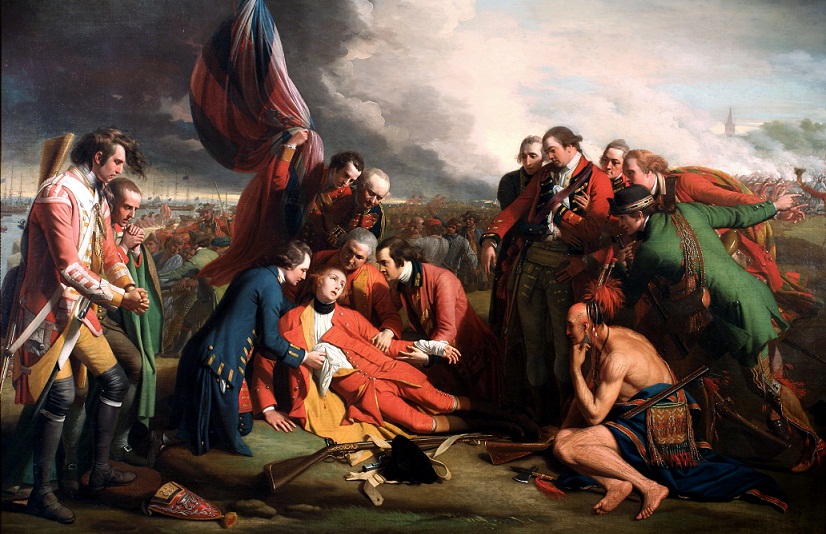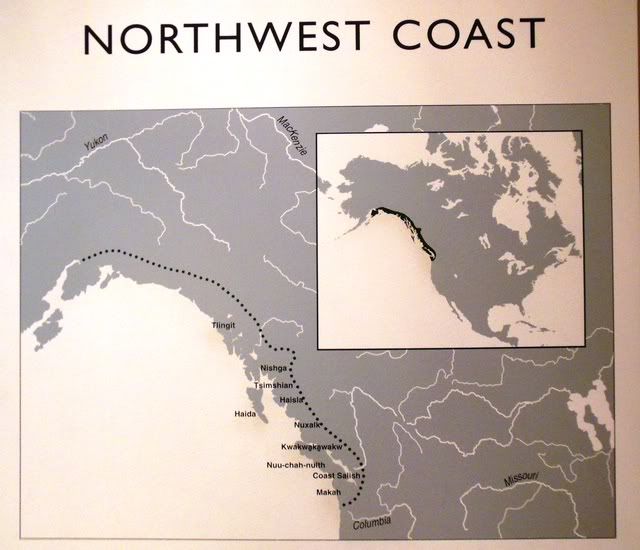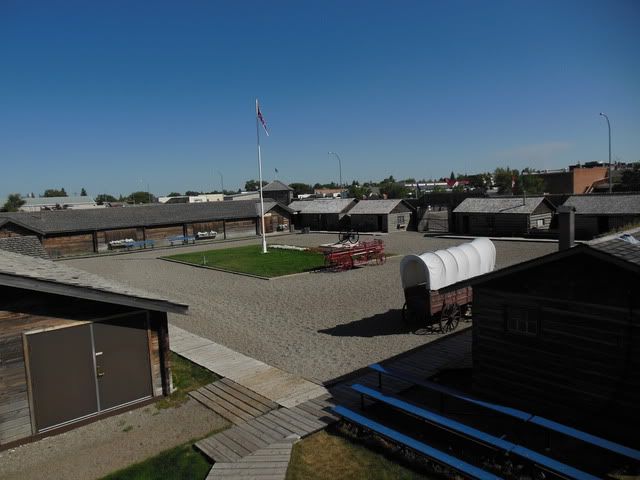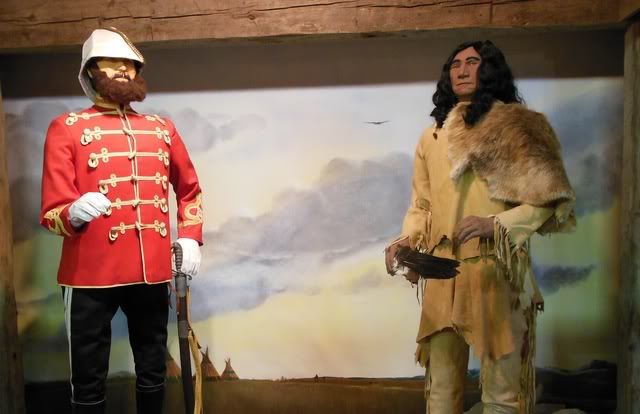
Newfoundland is the world’s sixteenth-largest island and Canada’s fourth-largest. During the more than six centuries of European exploration prior to the establishment of the English colony at Cuper’s Cove in 1610, who lived on the island and utilized its resources included the Beothuk, Mi’kmaq, and Dorset Inuit. The Europeans—Norse, Basque, French, Portuguese, and English—came to the island as explorers, fishermen, and whalers.
The Norse:
The first recorded contact between the Newfoundland Natives and Europeans came in 986 when the Norse (Viking) voyager Leif Eiriksson, sometimes called “the lucky,” visited and settled an area called Vinland on the northern tip of Newfoundland. Archaeologists have excavated a Norse settlement at L’Anse aux Meadows which dates to this time. The Vikings had some encounters with Native Americans who they called Skraelings (probably Beothuk.) The colonies were eventually abandoned, due in part to opposition from the Native Americans. According to archaeologist David Hurst Thomas in his book, Exploring Ancient Native America: An Archaeological Guide: “Native Americans had temporarily won out because of superior numbers and an unsurpassed knowledge of the American northland and how to survive in it.”
In the Handbook of North American Indians T.J. Brasser writes: “The effects of Norse contacts on the natives of Newfoundland during the early part of the eleventh century must have rapidly faded away as a bad dream.”
According to one story, Leif and the other Viking warriors fled their village and cowered behind some rocks when the Skraelings attacked. Freydis Eriksdottir, then nearly nine-months pregnant, tore open her blouse to expose her breasts, then picked up a shield and sword dropped by the fleeing Vikings, and counter-attacked. She succeeded in repelling the attack and defending the brave Viking warriors.
Basques:
By 1450, Basque whalers were establishing temporary camps on Newfoundland (there are some reports that the Basque were there much earlier). These camps provided the Inuit with more access to European goods.
Writing about the Basque whalers in 1543, William Fitzhugh, writing in Cultures in Contact: The European Impact on Native Cultural Institutions in Eastern North America, A.D. 1000-1800, reports: “Each summer this operation brought large numbers of ships and larger numbers of whaleboats (shallops) into harbors where whales were hunted, blubber was rendered, and—at the end of the whaling season, in late fall or early winter—casks were prepared for shipment to Europe.”
Twenty to thirty ships would operate in the waters around the island. This operation would involve about 2,000 men who would hunt the whales in small boats, and then tow the dead animal to the shore station where it would be butchered. Native groups were attracted to the whaling camps because of the possibilities for trade. When the crews left in the fall, the natives would plunder the whaling stations for iron, shallops, and other items.
English:
By 1481, English fishing ships from Bristol were working off the coast of Newfoundland. According to some accounts, fish drying camps were established at the shore and there may have been some contacts with the Beothuk.
Italian sea captain John Cabot (Giovanni Caboto) sailing for the English king Henry VII explored the coast of Newfoundland, Labrador, and Nova Scotia in 1497 and claimed these lands for the English. Like Columbus, Cabot may have been confused and thought that he was in Asia. His commission from Henry VII was to conquer, occupy, and possess the lands of heathens and infidels.
Cabot made no contact with native people, but did find their fishing nets and some other tools. John Day, an English merchant in Bristol, wrote to Christopher Columbus after Cabot’s return and reported: “…they found a trail that went inland, they saw a site where a fire had been made, they saw manure of animals which they thought to be farm animals, and they saw a stick half a yard long pierced at both ends, carved and painted with brazil, and by such signs they believe the land to be inhabited.”
In his report, Cabot noted that this area—called Brazil and assumed to be an island—had been discovered earlier by English ships sailing from Bristol.
The English would later use Cabot’s landing in their claim of ownership of North America. Russell Shorto, in his book The Island at the Center of the World: The Epic Story of Dutch Manhattan and the Forgotten Colony that Shaped America, writes: “By the logic of the concept of ‘discovery,’ when the foot of an explorer made contact with soil that had not previously been settled by humans whom Europeans regarded as having a proper civilization, that soil, and all soil stretching out from it for as far as the metaphysical aura of discovery could be made to stretch, came under the flag of the explorer’s sponsoring nation.”
Over 400 European fishing boats gathered off the coast of Newfoundland and Labrador in 1578. About 50 houses were built along the shore as a part of their fish-drying stations. The Europeans returned home in the fall with their dried catch. The Beothuk, having had bad experiences with the Europeans, minimized contact, but did manage to steal from the Europeans. Ethnologist T.J. Brasser reports: “The extremely unfavorable stereotype that Europeans developed of the Beothuk reflects the fact that these Indians were considered a nuisance and of no economic value whatsoever.”
Portuguese:
In 1472, the coasts of Newfoundland and Labrador were explored by a Dano-Portuguese expedition with two Danish sea captains—Diderik Pining and Hans Pothorst—along with João Vaz Corte-Real. They followed the old Viking route to the area. In a chapter in North American Exploration, Robert Fuson writes: “In fact, the Portuguese name ‘Labrador’ may have been a result of this voyage, and Newfoundland was afterward called Terra do Bacalhau (Land of the Codfish) for many years.”
While there are some scholars who are skeptical about the claims of this voyage, Fuson also writes: “These events are well documented and are fully accepted by scholars in Portugal and Scandinavia.”
In 1501, the Portuguese began capturing Beothuks to export to Europe as slaves. Gaspar Corte-Real described these people as having “manners and gestures most gentle.” The Portuguese found that the Beothuk had a broken Italian sword and a pair of Venetian silver earrings, probably acquired from the early expeditions of John Cabot.
French:
In 1507, Norman fishing vessels captured seven Beothuks in Newfoundland and brought them back to France.



It said nothing about if John Cabot had conflicted or with the Newfoundland Natives. I want to know what happened
Yea, your actually right
I would really love to know where you found this quotation and what your sources are so that I can read more about this!
If He Had No Contact With Natives Why is the title Newfoundland Natives